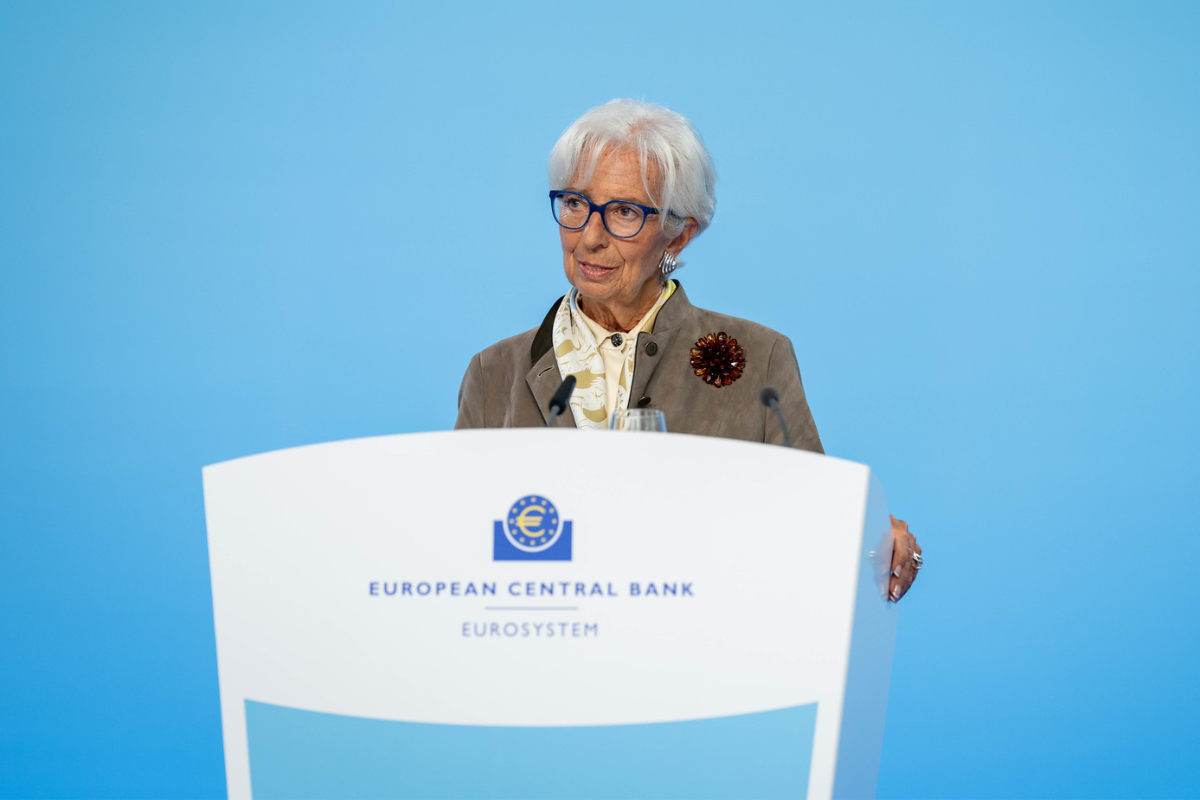While technology stocks continue to attract investor interest, there is one sector that continues to deliver positive returns yet remains overlooked: healthcare. “It’s a sector that has been out of favor for several years now, and this situation became even more pronounced over the past twelve months,” explains Dan Lyons, co-manager of the Global Life Sciences strategy at Janus Henderson. Lyons notes that the sector is currently trading at its lowest level in the past 25 years.
Funds Society sat down with Lyons in October 2024 to discuss the team’s outlook at the time, when the U.S. presidential election was still a month away. Since last November, the manager acknowledges that concerns around regulation and drug pricing have weighed on a “substantial portion” of the sector. On top of that, tariff announcements have added another layer of complexity for these companies, many of which operate multinational businesses. All of this has led to outflows from the sector, putting pressure on valuations. “We could call it a perfect storm of negativity for our sector,” concludes Lyons.
Throughout the conversation, the manager repeatedly emphasizes that the core of their investment process lies in identifying the most innovative companies in the health segment and then determining whether they are trading at attractive valuations. Within the sector, biotech firms are generally the innovation leaders: “Two-thirds of the industry’s pipeline comes from biotech. Last year, over 80% of new launches came from the biotech industry,” Lyons illustrates, explaining why the Global Life Sciences strategy typically has a structural overweight in this segment. The manager anticipates further innovation in 2026, citing medical advances in early treatment of Alzheimer’s disease, cardiovascular conditions, and new therapies for pancreatic cancer.
It is worth noting, however, that due to the inherently riskier nature of their business, biotech companies also tend to suffer the most in uncertain markets. This has happened again: the sector plunged 50% between November 2025 and April 2024, although it has since rebounded sharply. “It has been a challenging environment for our portfolios,” the manager admits. Still, he prefers to see the glass as half full, interpreting the sector’s recovery as a sign that the market may be starting to believe “the regulatory environment might not be that bad after all.”
How Has the Portfolio Rotated in 2025?
It’s been a year of two halves. In the first half, we rotated toward companies in earlier commercial stages and, to some extent, scaled back our enthusiasm for early-stage development firms that weren’t being properly rewarded for taking on risk.
As we enter the second half of the year, we’re seeing that the market is more willing to take on risk. The context of interest rates has also helped, with the first rate cuts. As a result, we are now slowly increasing our exposure again to early-stage development companies. We’re also excited about companies in the late-stage development phase with solid access to capital. These are firms developing new drugs for rare diseases, such as Avidity or Dyne.
Last Year You Were Very Bullish on Obesity Treatments. Do You Still Hold That View?
We remain very bullish on the potential size of this market opportunity. We believe the obesity market could exceed $150 billion. There is more than enough room to capture even a 10% market share.
We’ve seen leadership, particularly from companies like Eli Lilly, consolidate even further. The next-generation product it launched last year, ZepFound, is capturing three-quarters of new patients—it has become the preferred choice for people starting obesity treatment. And we believe the market could open up even more now that they’re able to launch the drug both in the U.S. and globally, making it more accessible.
Last year, Eli Lilly also reported positive phase 3 data for an oral drug using the same mechanism, called Orfoglipron. So during 2026, we’ll see the launch of an oral option, which will help expand access and somewhat democratize the market, as it won’t require cold chain storage.
We are playing this theme both through large companies like Eli Lilly and smaller biotechs, such as Medcera, which we hold in the portfolio. They were in early-stage development of a similar drug to Eli Lilly’s, and they were acquired by Pfizer, which will now lead the remaining trials.
Innovation Is the Compass of Your Research Process. Where Is It Pointing in 2025?
It’s truly been a year of tremendous breakthroughs. In this uncertain environment, we’ve focused heavily on companies that have recently received drug approvals and have successfully delivered those treatments to patients despite the regulatory noise. Many of these companies are seeing spectacular new drug launches. One example is Madrigal, which launched a drug called Rosdifra (also known as MASH) for fatty liver disease. It’s the first of its kind, and it’s on track to become a blockbuster, since many patients in the U.S. suffer from this condition, which is a major cause of liver transplants. If this disease can be treated early and transplants avoided, it results in huge savings for the healthcare system and better outcomes for patients.
Another example is Verona (VRNA), a UK-based biotech that developed a new type of medication for COPD, a nebulized therapy that’s gaining strong market traction. It’s a new area meeting an unmet need. The company was just acquired by Merck for over $10 billion. In the case of Verona and Madrigal, we’re talking about market opportunities between $5 billion and $10 billion.
Another emerging market is autoimmune diseases, where companies like Argenx are active. It already has a drug with $4 billion revenue potential. But this is on a different scale—it’s like the NVIDIA of the healthcare sector.
So, Do You Anticipate More M&A in the Healthcare Market?
Yes, because big pharma needs additional revenue and is looking to biotech companies to get it. Firms like Pfizer or Bristol-Myers are losing patent exclusivity and seeing sales fall. They need to bring in these new products. Across the industry, we estimate they have around $1 trillion in spending power, which allows them to engage in many deals to build their product pipelines.
We are already seeing this reflected in our portfolios, with more big pharmaceutical companies becoming comfortable with the regulatory and pricing environment, as they are starting to deploy capital. We’ve seen over five of the companies in our portfolio involved in M&A activity in the second half of the year.
What Impact Could the Big Beautiful Bill Have on the Pharmaceutical Sector?
We’ve come from several years of expanding healthcare coverage, with more people gaining access to healthcare services. This law has started a period of contraction, reducing access to some of those services. There’s a lot of work to be done in Congress to avoid that, because it’s extremely unpopular to remove a benefit people already enjoy. But in percentage terms, the contraction is relatively small, and I believe it’s very manageable.
The law also includes some positive aspects that have helped the sector. For example, for companies developing orphan drugs for rare diseases: under the previous IRA law, these producers faced the risk of future price caps, and the current legislation has corrected that.
You Have Kept Some Underperforming Companies in the Portfolio. Why?
When we hold companies going through challenges, as we have with United Healthcare, we always assess whether the valuation still looks attractive and whether the original compelling element of their business model remains. We also evaluate if they can return to more normalized margins. In United Healthcare’s case, we believe the return of the former management team can fix the situation, which is why we not only held the position but slightly increased it.
We’ve had similar experiences with another portfolio name—a company developing a vaccine for a market estimated at $7 billion that we believe will become the market leader. But due to controversy around vaccines and the anti-vaccine stance of Robert F. Kennedy, the company’s valuation is heavily depressed. We’ve held onto our investment because we don’t believe that market is going away.




